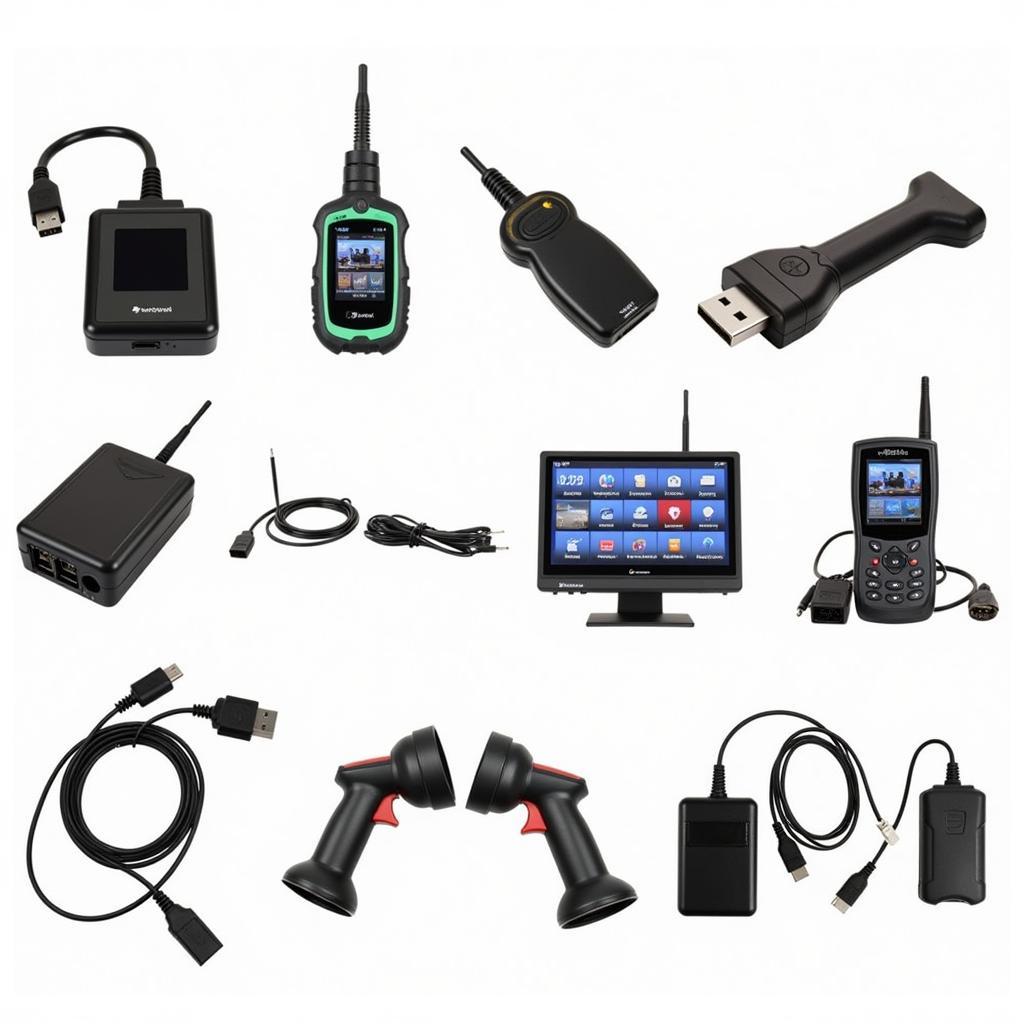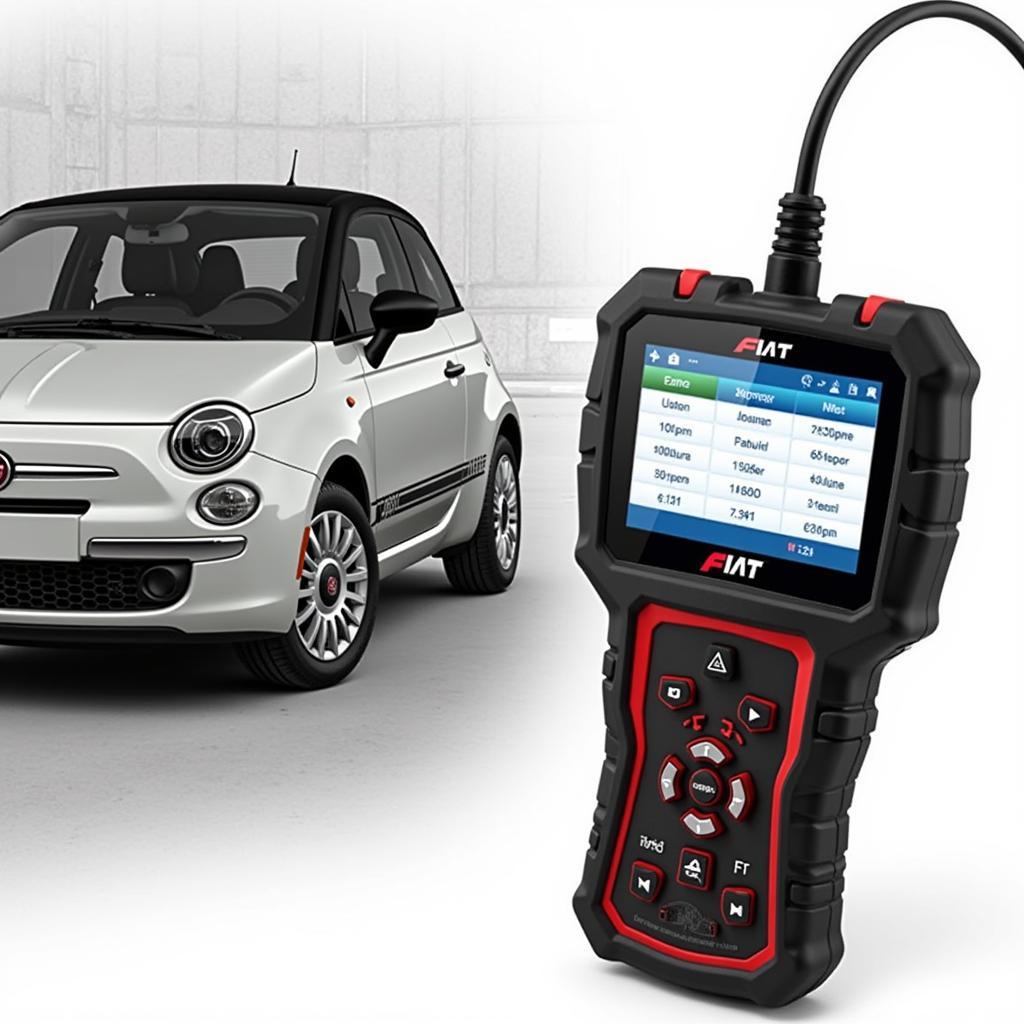iPhone logic board problems can be a nightmare, leading to frustrating malfunctions and costly repairs. Accurately diagnosing these issues is crucial for effective troubleshooting. This guide explores the world of Iphone Logic Board Diagnostic Tools, providing valuable insights for both professionals and DIY enthusiasts.
Similar to apple mac diagnostic tools, using the right iPhone logic board diagnostic tool can save you time and money. Identifying the root cause of the problem allows for targeted repairs, preventing unnecessary component replacements. Whether you’re a seasoned technician or a curious owner, understanding the available diagnostic tools and techniques is essential.
Understanding the Importance of Accurate Diagnosis
Misdiagnosing a logic board problem can lead to a cascade of issues, including wasted time and unnecessary expenses. Using an effective iPhone logic board diagnostic tool can pinpoint the faulty component, allowing for precise repairs. This not only saves money but also minimizes the risk of further damage to the device.
What are the common signs of a failing logic board? Symptoms can range from erratic touchscreen behavior and camera malfunctions to audio issues and boot loops. Accurately diagnosing these problems is the first step towards a successful repair.
Types of iPhone Logic Board Diagnostic Tools
There are several types of iPhone logic board diagnostic tools available, each offering unique capabilities:
- Software-based tools: These tools run on computers and offer a range of diagnostic tests, from checking battery health to analyzing sensor data. Some software solutions can even identify specific chip-level failures.
- Hardware-based tools: These include multimeters, oscilloscopes, and specialized logic board testers. They provide precise measurements of voltage, current, and signal integrity, helping technicians identify hardware faults.
- Microscopic inspection: Using a microscope allows technicians to visually inspect the logic board for physical damage, such as cracked solder joints or burnt components.
How do I choose the right tool? Selecting the appropriate tool depends on your technical expertise and the specific problem you’re facing. Software tools are generally easier to use, while hardware tools require more specialized knowledge.
Practical Tips for Diagnosing Logic Board Issues
Before diving into diagnostics, it’s important to gather as much information as possible about the problem. Asking the user about the device’s history, recent software updates, and any physical impacts can provide valuable clues.
Here are some practical tips for effective diagnosis:
- Start with the basics: Check for simple software glitches before suspecting a logic board problem. A simple restart or software update might resolve the issue.
- Isolate the problem: Try to narrow down the symptoms to a specific area, such as the audio system or the touchscreen. This can help pinpoint the faulty component on the logic board.
- Use diagnostic codes: iPhones generate diagnostic codes that can provide valuable insights into the problem. You can access these codes using specialized software or by dialing specific codes on the phone. Like using an iphone diagnostic tool code, this can help quickly identify the problem area.
- Consult online resources: Numerous online forums and communities offer valuable advice and troubleshooting tips. Sharing your problem with others might lead to quick solutions. Similar resources can be found for other devices, like using a vehicle diagnostic tool online.
“Accurate diagnosis is like detective work,” says John Miller, a senior technician at a leading electronics repair center. “You need to gather all the evidence before you can pinpoint the culprit.”
Advanced Diagnostic Techniques
For more complex problems, advanced diagnostic techniques might be necessary. These can include chip-level repairs, micro-soldering, and replacing individual components on the logic board. These procedures require specialized skills and equipment.
“Don’t underestimate the complexity of iPhone logic boards,” warns Maria Sanchez, an experienced micro-soldering specialist. “These devices are packed with sophisticated technology, and repairs require a high level of precision.”
Just as with an apple hardware diagnostics tool, utilizing specific diagnostic tools for iPhone logic boards can greatly aid in efficient repairs.
Conclusion
Diagnosing iPhone logic board problems can be challenging, but with the right tools and techniques, you can effectively identify and resolve issues. From basic software checks to advanced hardware testing, choosing the appropriate diagnostic approach is crucial for successful repairs. Remember, accurate diagnosis is the key to cost-effective and efficient solutions. For further assistance with your diagnostic needs, connect with us at ScanToolUS. You can reach us at +1 (641) 206-8880 or visit our office at 1615 S Laramie Ave, Cicero, IL 60804, USA.
For those seeking resources on Apple diagnostics, check out this useful link: apple diagnostic tool download.


